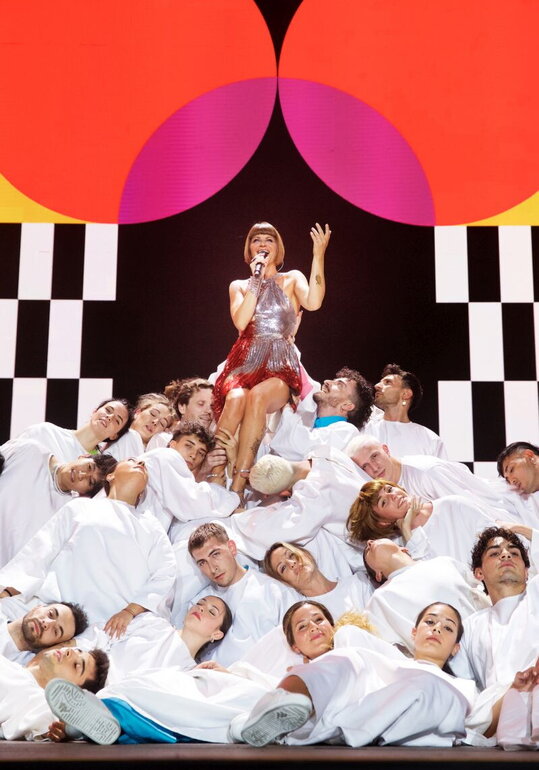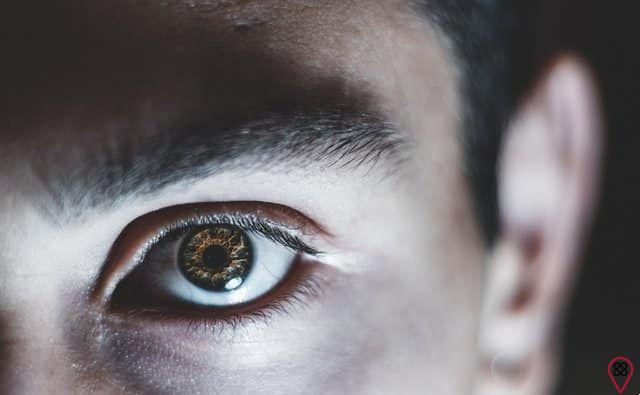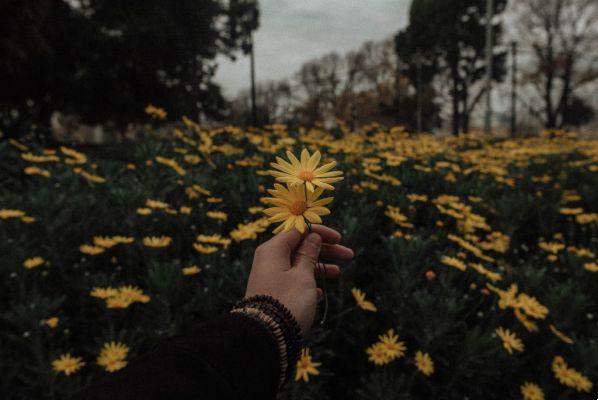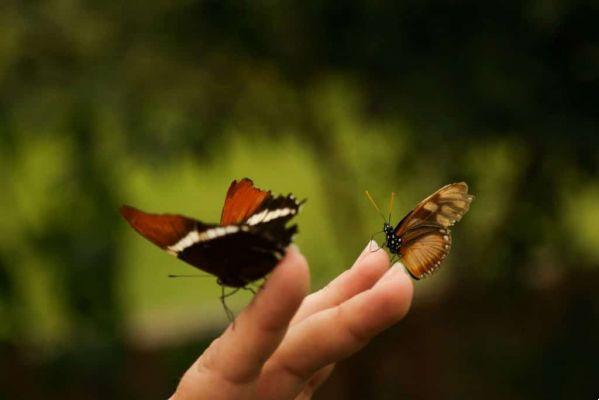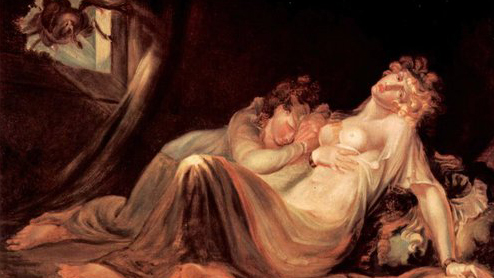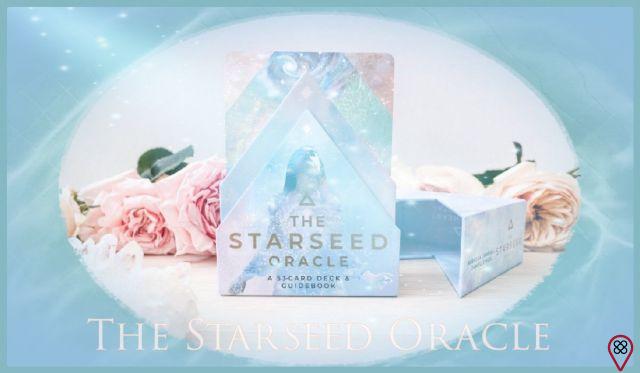A lot of people don't know, but Christmas has its origins in Yule pagan, and yes, it is originally a winter feast. In the pagan calendar, Christmas finds its mythical moment in the Wheel of the Year, in which the Holly King, as Lord of Shadows, gives way to the Oak King, a solar archetype represented by the Divine Child: the Child of Promise, and in various cultures , we have the representation of this symbol of rebirth.
It is practically impossible to talk about the Christmas tradition without mentioning the Yule, as many Yule customs were absorbed by Christianity as it tried to establish itself as the seat of power in Europe. Christian Christmas has already been celebrated on many different dates, but it was established on December 25th because it failed to completely repress the celebratory practices of the ancient religion, especially the celebration of the Winter Solstice of European peoples, which occurs around December 21st. in the Northern Hemisphere. Christian tradition brings the myth of Mary giving birth to Jesus on the twenty-fifth day, without, however, confirming the month. It was in 320 CE that the Catholic Church made the decision to celebrate the birth of their Child of Promise in December, in order to absorb the cult power of the Celts and Saxons. Thus, the birth of a New God on the Winter Solstice is not unique to Christianity, as many might think, for many divine babies were born at this time in ancient times.

Many practices of Christians today have essentially pagan origins.
The Christmas Tree, for example, decorated with balls and a star on top, is a reinterpretation of the ancient Yule Tree that pagans of ancient times decorated, in order to give thanks and attract abundance, with candles, food, flowers, fruits, colored balls, phallic symbols related to the God and the Pentagram (which is currently considered a symbol of Witchcraft, but which, in fact, is not exclusive to it, as it is used by various spiritual and religious traditions).
The garlands, the holly, the Yule log burned in the fire (Yule Log), are pagan customs. The Yule Tree is a celebratory way to honor the elements, thank the Spirit of the place, and ask for its protection. It is actually an act of puja. On Yule night, it is customary to light all the candles on the tree, make a wish for each lit candle according to its color, sing and dance around it, feasting and honoring the Nature Spirits and God in His infant form, the Child of Promise, who is reborn on that day. So, we can say that “Pagan Christmas” has a completely different meaning than Civil/Christian Christmas. Do you know why families brought a green tree into the house at that time?
To welcome the Spirits of Nature so that they would not feel the cold of winter. This is love of Nature, this is hospitality, this is consideration, this is compassion. Bells were placed on the branches of this tree for its beautification, the elementals received these offerings and reciprocated with life, health and sustenance during the winter.
For the Celts, celebrating the Winter Solstice it was a reaffirmation of the continuity of life, as it was the time to celebrate the Spirit of the Earth, asking for courage to face the obstacles and difficulties that could appear until Spring. It was a great time to tell stories, sing and dance with family and friends, celebrating life and togetherness.
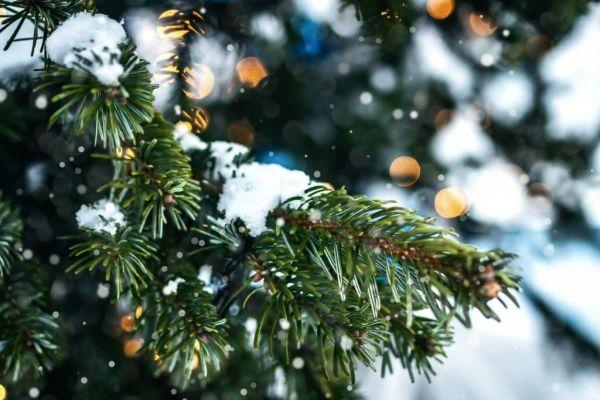
As Yule was born with the peoples of the Northern Hemisphere, occurring during the Winter Solstice when the Sun is at nadir, it is the darkest and longest night of the year. Hence the idea that many pagans celebrate it as the Festival of Light, because this reasoning evokes the Goddess as the Mother who gives birth to the Sun God, the Child of Promise (something similar to the birth of sacred children in other cultures, in this same time of the year?). In this sense, ancient peoples understood that it was the victory of the God of Light (King of the Oak) over the King of Shadows (King of Holly), because from that moment on the days would become longer with time, therefore, more light. .
In some Pagan religions, such as Wiccan witchcraft (among other traditions with celebratory variations from one to the other), this date is celebrated in a meeting known as sabbat, welcoming the return of that light. It is a symbolic act of the metaphors of the psyche, that in the darkest and coldest night of the year (the unconscious), the Goddess (Self) gives birth to the Child of the Sun (path, nourishment), which is a metaphor of heat, vitality and fertility that the Earth (conscience) is in need of at this time of year: hopes are reborn, new dreams are brought to the surface and beliefs are re-signified, it is from this pagan custom that the idea of the “new year” arose, where consumer policy plays with the needs and hopes of the population for the coming year…
O New Year of the Witches It is celebrated in the month of October, on Samhain, but it is at Yule that they reinforce the vows of peace, harmony, abundance, love and prosperity within the New Wheel. Yule, for witches, is the time to celebrate the birth of the Horned God, and this is still a callus for many followers of the Abrahamic religions. Why a Horned God?
You may also like
- Learn to Celebrate Christmas and New Years with Social Distancing
- Discover different ways to celebrate Christmas
- Take advantage of Christmas to sponsor a child who needs you
You see, for those who don't know, horns have always been a symbol of power, divine connection, fertility, virility, sexuality, defense, protection, wisdom, provision and life. For the ancients, a Horned God in winter, a time of scarcity, brings with it the idea of abundance and victory over adversity. This even works for witches and heathens who live here in the Southern Hemisphere. Those who follow the North Wheel believe that this egregore, being the original, is considered the strongest ancestor for them, as it follows the same energy flow created over ten thousand years ago. And in the case of España, there is the cultural reality of the country synchronized with the Spanish commemorative dates, and there is no way to ignore the flow of energy created by the beliefs of 202 million people…
Another curiosity is that the Tradition of the Christmas Tree, uses the pine tree as a symbol, and the pine tree was associated with the Great Goddess. Lights and ornaments such as the Sun, Moon and stars were part of the decor because they represented the spirits that were remembered each year. Gifts were offered at the feet of the Tree = Goddess, and also for all other beings and deities, and hence the contemporary practice of exchanging Christmas gifts…
And the colors? Even the colors of Christmas, green and red, come from Yule: on sabbats, witches make a Holy Bonfire (red) and raise the Yule Log (green). This log is a log that has been carefully preserved throughout the year to be burned at this time, while a new one is decorated and kept to protect the whole house during the New Wheel. The trunks are usually decorated with symbols that represent what you want to attract to you and the group.
Popular Mail
- Colors: red, green, gold and white.
- Alternative Names: Winter Solstice, Winter Rite, MidWinter, Alban Arthan, Carr Gomm, Return of the Sun, Fionn's Day, Jól (Names vary according to religious tradition. Jól, for example, is a celebration of Ásatrú, which is not Wiccan witchcraft covered in this text. Okay, guys?).
- Divine Representations: the God, as The Child of Promise (Horus, Jesus, Dionysus, Mithra, Baldur) and the Goddess in Her maternal fullness, as The Mother.
- Herbs: holly, oak, mistletoe, rosemary, heather, cedar, pine, laurel.
- Stones: ruby, garnet, cat's eye.
- Traditional Foods and Drinks: fruit cakes, nuts, assorted breads, mulled and cold wine, grapes and apples, melons, roast pork or turkey.
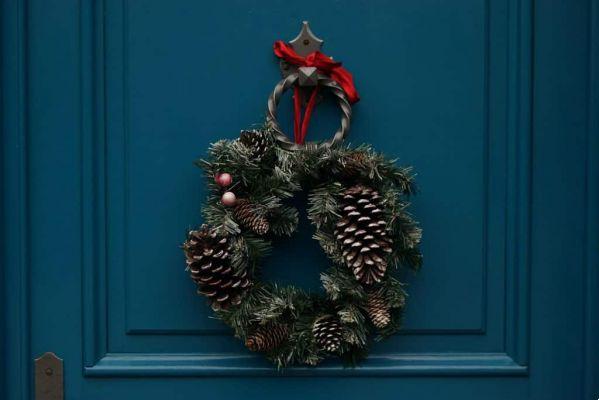
Signing Off
The main theme of Yule, the Witches' Christmas, is Light in all its manifestations: whether in the fire of the fireplace, the bonfire, the candles... Light becomes a magical element, of enchantment, that circumvents defense mechanisms from the subconscious, able to convince the Divine Sun (our archetypal wisdom) to return to the land of human consciousness, fertilizing lives, minds and hearts.
Puja or Pooja it is a reverence, honor, an adoration or even worship. Offering tokens of gratitude to deities or illustrious people, it can be performed on a variety of occasions, from a domestic practice, to ask for blessings on a new project, to temple ceremonies and large festivals.
Samhain: Feast of the Dead, when we honor our Ancestors in the Dead, which also has pagan origins. We ask for greater understanding, meditate and reflect for more significant and profound transformations in our lives. Also known as Halloween.





